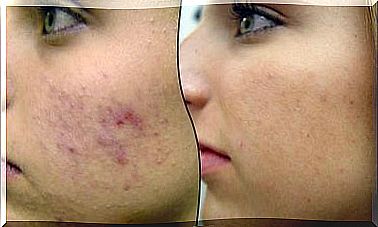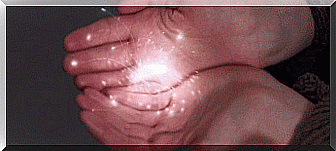Labor Tears: Grades And Prevention
Labor tears are a common injury that can be very painful. Discover the different grades and how to try to avoid them.
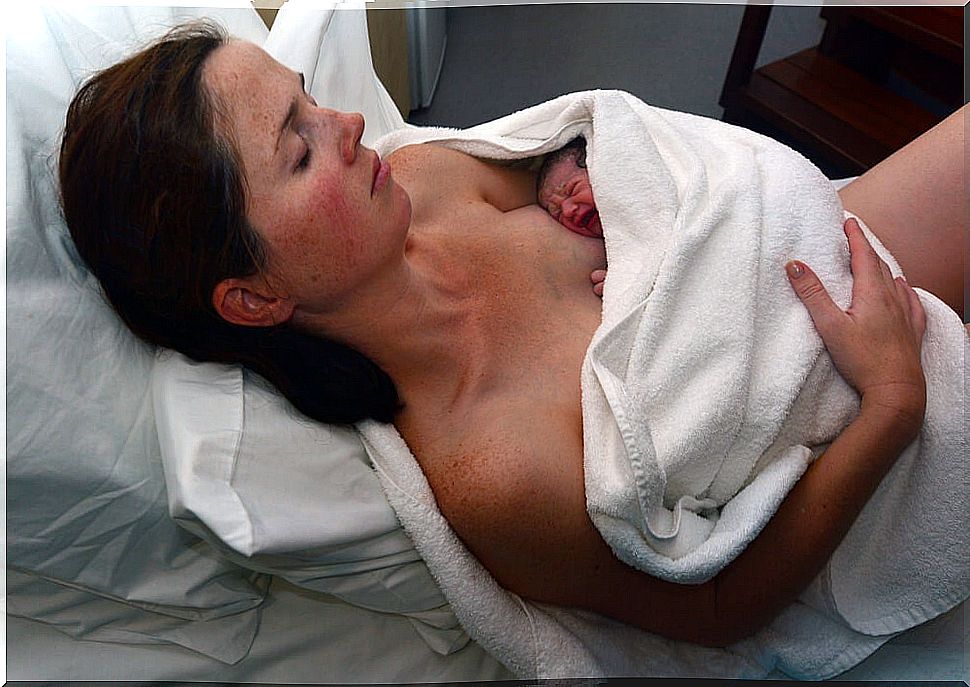
Tears in childbirth are a major complication that can have serious consequences. However, even in the most difficult cases, these injuries can be managed effectively with timely intervention. Such tears are more common in forceps or midline episiotomy deliveries.
Today, medical professionals around the world are researching the most effective ways to reduce the incidence of tears in childbirth. Even so, the most advisable thing is to take preventive measures.
What are tears in childbirth?
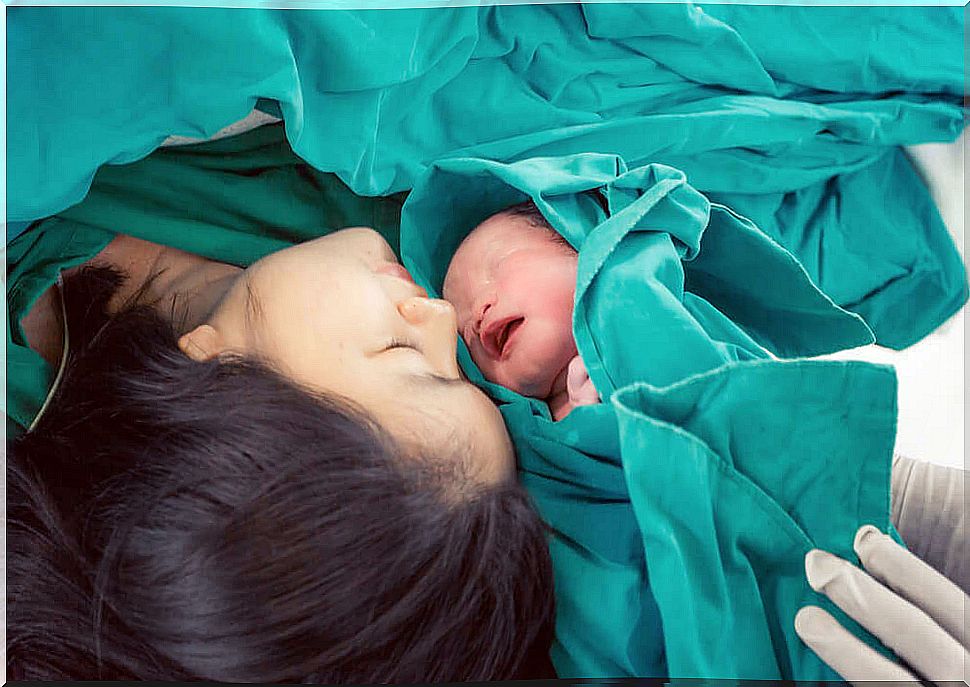
Tears in childbirth are a break in the skin of the perineum, that is, the area between the vagina and the anus. It is a common injury that affects a large number of women who give birth through vaginal delivery.
Tears in childbirth are also known as a perineal tear or vaginal burst . They occur when the baby passes through the birth canal, causing tears in some of the muscles that make up the pelvic floor.
These injuries have different levels of severity. They range from small cuts to deep lacerations. In general, they originate from the fact that the skin is not sufficiently prepared and therefore does not stretch properly at the time of delivery. All of this is evidenced by this information provided by professionals from the Mayo Clinic.
Why do they occur?
There are some conditions that make a woman more prone to tears in childbirth. For example, being a first time or having had a third or fourth degree tear in a previous delivery. Other conditions, as this research published in the BJOG: An International Journal of Obstetrics & Gynaecology shows , can include the following:
- That the baby is very big.
- Have an induced labor, especially if forceps are used.
- Having or having had an episiotomy, which is an incision that doctors make to widen the birth canal.
- That the baby is born facing up, breech or sitting.
- That the baby’s shoulders are misplaced in the mother’s pelvis.
- Starting to push early or pushing too hard.
- When the distance between the vaginal opening and the anus is very short.
Degrees of tears in childbirth
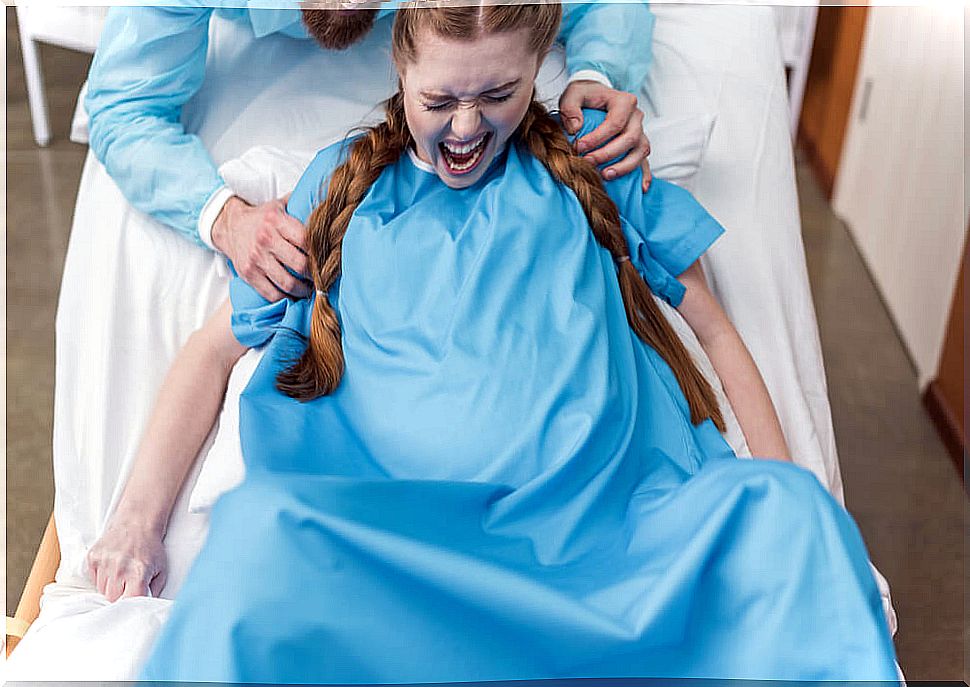
Depending on the level of severity, that is, the depth of the cut and the area where it occurs, tears in childbirth are classified into four degrees, as this study published in Correo Científico Médico de Holguín points out . Said degrees are the following:
- First degree : occurs when the skin of the perineum suffers a superficial and small cut. In this case, the wound heals easily, without generating major consequences.
- Second degree : the injury superficially affects a part of the muscle in the perineal region. Suture is required.
- Third degree : there is affectation in all the skin and in the muscles of the perineum that reach the anal sphincter.
- Fourth degree : includes the entire perineal area and, in addition, the anal sphincter and the wall of the anus. Both this and the third grade have difficult and painful recovery.
How to prevent tears in childbirth
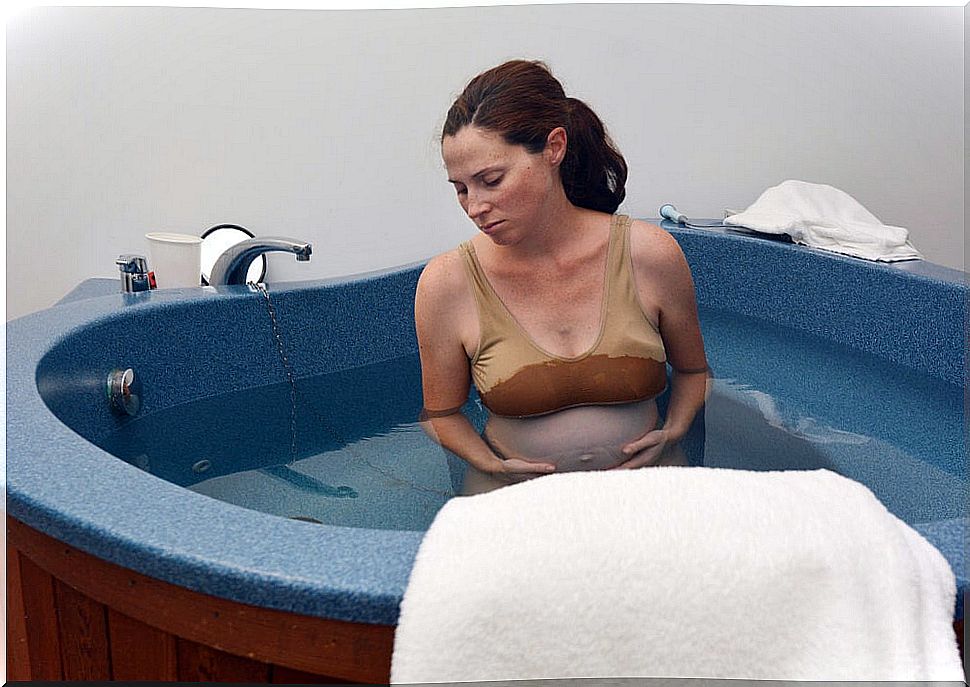
The best way to prevent labor tears is to take some steps during pregnancy. Such preventive measures are also helpful in avoiding the need for an episiotomy during labor. Some of the main prevention measures, as evidenced in this work carried out by researchers from the Arzobispo de Loayza Private University, Lima, Peru, are the following:
- Perineal massage: consists of applying massages to the perineal area, with the help of appropriate oils for that region. This helps to give the muscles in the area elasticity.
- Kegel exercises: they are a technique to strengthen the vaginal muscles. They allow you to practice contractions so that they are more effective at the time of delivery. It is recommended to perform them every day, from the fifth month of pregnancy.
- Slow down the expulsive phase. It means deliberately slowing the baby’s passage through the birth canal. This is done so that the muscles have time to prepare and the child does not come out with too much force.
- The birthing position: there is evidence that some birthing positions favor the perineum: squatting, standing, and lying on your side. Fewer tears are recorded during calving in water.
- Warm compresses. They serve to give more elasticity to the muscles and relieve pain at the time of delivery.
The application of commercial oils, by itself, does not have a major effect on the elasticity of the muscles. Nor do vaginal devices that are inflated, such as a balloon, supposedly to dilate the vagina.
You are pregnant? Worried about having a tear during childbirth? You can follow the tips outlined above and to help reduce the chance of having one.
However, before making any change in your lifestyle, always consult with a health professional or your obstetrician to solve all your doubts and guide you in this regard.

